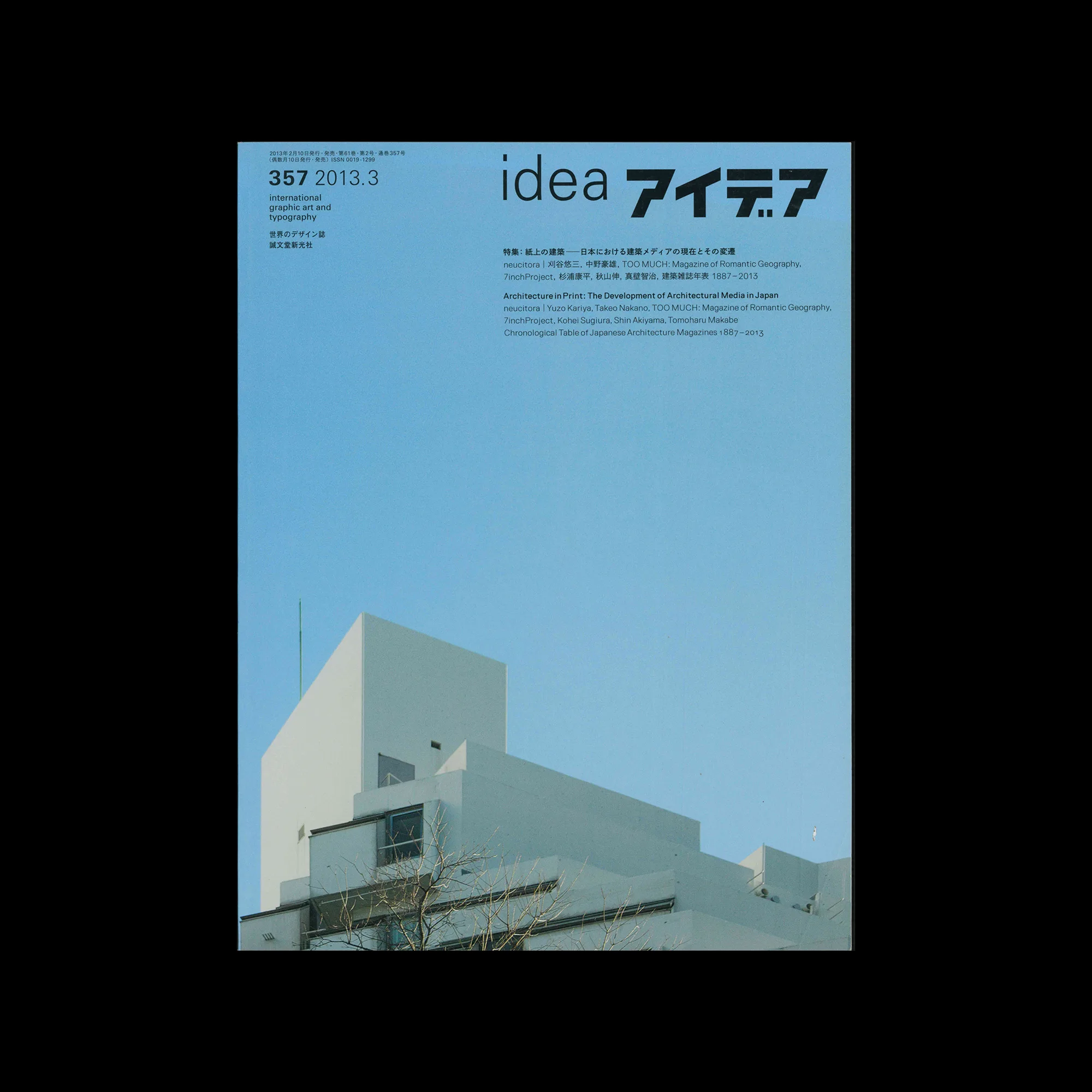Information
Special Feature: The Development of Architectural Media in Japan
20th Century Editorial Odyssey Vol. 8: Printed Punks
Margins of Design Vol. 6 Daijiro Ohara
Cultural History of Japanese Typefaces Vol. 2 “Scene with Gothic-tai”
Editorial Cooperation by Shohei Iida, Photo by Kenta Hasegawa
Contemporary Media on Architecture
TOO MUCH:Magazine of Romantic Geography
The Evolution of Graphic Representation on Architecture
Chronological Table of Japanese Architecture Magazines
Interview with Boredom, Kyoranshyokan, Harumi Yamazaki, Fifth Column
Cultural History of Japanese Typefaces
Vol. 2 “Scene with Gothic-tai”
Details
Linked Information
